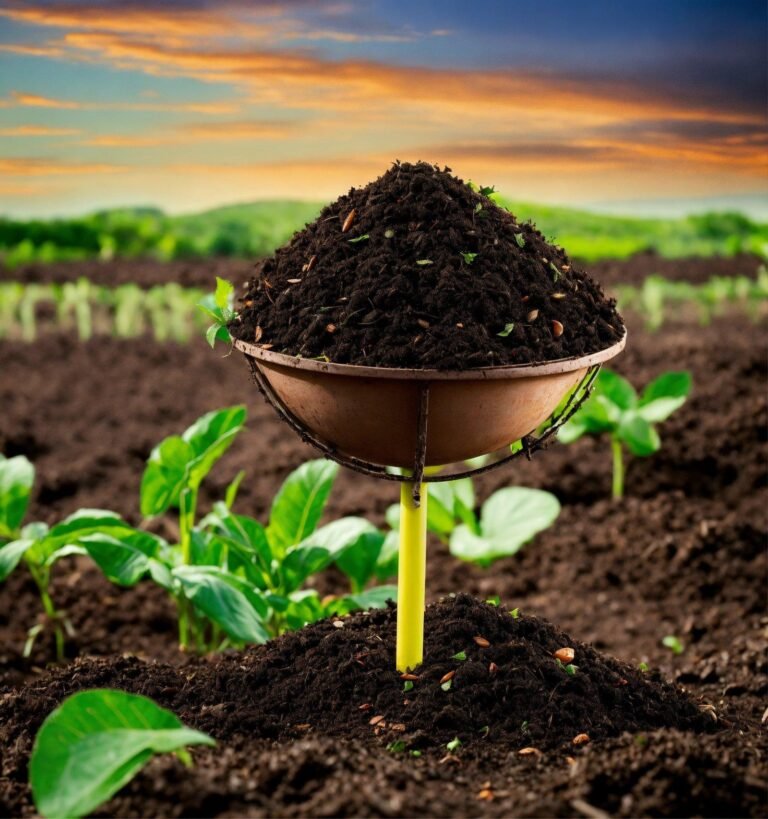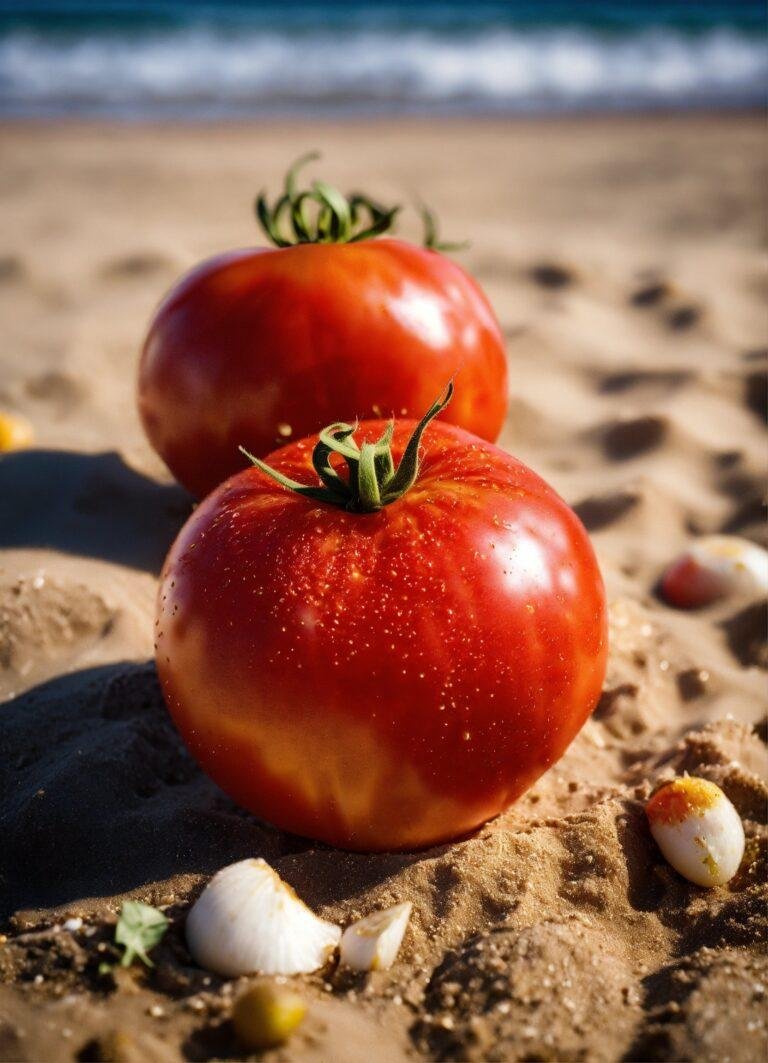Slow Gardening: The Best Way To Enjoy Your Garden
Gardening can be a time-consuming and laborious task, but it doesn’t have to be. With the right approach, you can enjoy your garden and the fruits of your labor without having to put in too much effort. That’s where slow gardening comes into play. Slow garden is a method of caring for plants that focus on reducing stress and enjoying the process rather than focusing on speed and productivity. It’s an approach that encourages patience, observation, and appreciation. In this blog post, we will discuss what slow gardening is, its benefits, and how you can get started with this mindful approach to gardening.

Slow gardening is all about taking the time to enjoy your garden and appreciate all that it has to offer. It’s about savoring the moments, whether you’re spending an hour weeding or simply admiring the view.
Slow gardening is about connecting with nature and getting back to the simple things in life. It’s about enjoying the process as much as the end result. And it’s about creating a space that brings you peace and happiness.
If you’re looking for a way to slow down and enjoy your garden more, then slow gardening is for you!
Slow gardening is a way of enjoying the garden that allows you to savor the experience and appreciate the small things. It is a type of gardening that can be done at any pace, and it doesn’t necessarily mean taking things slow all the time. You can still have moments of frenzied activity if you want, but overall, slow gardening is about enjoying the process as much as the results.
Some of the benefits of slow gardening include:
- It can help improve your mental health – According to studies, spending time in nature can help reduce stress levels and improve moods. Gardening is a great way to get outside and enjoy some fresh air while surrounded by beautiful plants and flowers.
- It can be used as a form of exercise – Gardening is a moderate form of physical activity that can help you stay active and fit. Even simple tasks like pulling weeds or raking leaves can give you a good workout.
- It can save you money – With a little planning and patience, you can grow your own food which can save you money at the grocery store. Homegrown fruits and vegetables often taste better than store-bought versions too!
- It teaches patience and appreciation – Slowing down to enjoy your garden can teach you to appreciate the smaller things in life. Watching a plant grow from seed to flower takes time and patience, but it is so rewarding when you see the final result.
How to Get Started with these Gardening
Slow gardening is a great way to enjoy your garden and get the most out of your planting. By taking your time and enjoying the process, you can create a beautiful space that will last for years. Here are some tips on how to get started with slow gardening:
- Start small. Don’t try to do too much at once. Pick one area of your garden to focus on, and slowly add new plants and features as you have time.
- Plan ahead. Before you start planting, take some time to plan out what you want to grow. This will help you save time and money in the long run.
- Take your time. Don’t rush the process. Enjoy watching your plants grow and change over time.
- Be patient. Slow gardening takes patience, but it is worth it in the end!
What Plants are Best for these Gardening?
These gardening is all about enjoying your garden and taking the time to appreciate the plants you have. There are no rules when it comes to slow gardening, but if you’re looking for some ideas on which plants are best for slow gardening, here are a few of our favorites:
- Perennials – Perennials are great for slow gardening because they come back year after year, so you can enjoy them for many years to come.
- Native plants – Native plants are adapted to your local climate and conditions, so they’re generally easier to care for and more likely to thrive in your garden.
- Herbs – Herbs are perfect for slow gardening because they’re easy to grow and can be used in many different ways (in cooking, as medicine, etc.).
- Fruit trees – Fruit trees take time to mature and produce fruit, but once they do, you’ll be able to enjoy fresh fruit from your own backyard for years to come.
- Shade-loving plants – If you have a shady spot in your garden, there are still plenty of beautiful plants that will thrive there. Slow gardening is all about finding the right plant for the right spot in your garden, so don’t be afraid to experiment!
Alternatives to Slow Gardening
There are many different ways to garden, and no single method is perfect for everyone. If you find that slow gardening is not working for you, there are a few alternatives that you may want to consider.
One alternative is raised bed gardening. This method can be faster than traditional gardening, as it involves less weeding and soil preparation. Raised beds can also be easier to protect from pests and diseases.
Another option is container gardening. This is a great choice for people who live in apartments or other small spaces. Container gardens can be placed on balconies, patios, or even indoors.
Hydroponic gardening is another possibility. This method uses nutrient-rich water instead of soil, so it can be very efficient. Hydroponic gardens can be set up indoors or outdoors.
Finally, you could try vertical gardening. This is a great way to maximize space in a small area. Vertical gardens can be made using trellises, hanging baskets, or shelves.
Slow Gardening benefits 2023
The modern world is constantly pushing us to do more, faster and better. We’re obsessed with productivity, efficiency, and speed. In this fast-paced environment, slow gardening can be a refreshing change. Slow gardening is a gentle approach to gardening that focuses on enjoying the process rather than rushing through it. It encourages people to take their time, appreciate nature and savor the moment. Slow gardening not only has physical benefits but also mental health benefits as well. Read on to learn about how slow gardening can benefit you in 2023 and beyond!
What is Slow Gardening?
Slow Gardening is a response to the fast pace of life and the resulting loss of connection with the natural world. It is a way of gardening that emphasizes quality over quantity and encourages us to slow down, enjoy the process, and appreciate the results.
Slow gardening can take many forms, but all share a few key principles: working with nature, taking the time to enjoy the garden, and valuing quality over quantity. These principles help us create gardens that are beautiful, sustainable, and enjoyable to spend time in.
The Benefits of Slow Gardening
Slow gardening is a method of gardening that emphasizes quality over quantity. This type of gardening can have many benefits, including reducing stress, improving mental health, and providing a sense of accomplishment.
Slow gardening can help reduce stress by providing a space to relax and unwind. The slow pace can also help clear your mind and allow you to appreciate the small things in life. This type of gardening can also improve mental health by providing an outlet for creativity and self-expression. The sense of accomplishment that comes from completing a project can also boost self-esteem and confidence.
Slow Gardening Tips
Slow gardening is about savoring the small moments and enjoying the process of growing your own food. Here are some tips to help you get started:
- Start small. Don’t try to do too much too soon. Pick one or two crops that you really want to grow, and start with a small plot of land.
- Take your time. Don’t rush through the gardening process. Enjoy watching your plants grow, and take time to learn as you go.
- Be patient. Growing food takes time, so don’t expect instant results. Relax and enjoy the journey!
Conclusion
In conclusion, slow gardening has a lot of benefits for both experienced and novice gardeners. Not only does it provide an opportunity to savor every moment with your plants, but it also helps promote sustainability through reduced water usage and pesticide use. Slow gardening can help you create a beautiful flower or vegetable garden that is sure to delight you in the years to come. So why not start today and reap the rewards of slow gardening by 2023?
Conclusion
Slow gardening is an easy, stress-free way to make the most of your garden. There’s no need to rush or try to do it all at once; instead, take time every day to enjoy your garden and appreciate what you have created. When practiced regularly, slow gardening can help us feel more connected with nature and add tranquility and joy to our lives. What are you waiting for? Get out there and start your own slow gardening journey today!
can dogs eat watermelon?
- Helpful commonly asked questions on gardening 2022
- The 10 Best Gardening Tips To Try Out This New Year
- When is the best time to transplant a young plant?
- Can cacti grow in pots indoors?
- What indoor plant produces the most oxygen?
Discover more from Gardening with Ecorganicas: Your Source for Organic Gardening Tips
Subscribe to get the latest posts sent to your email.








